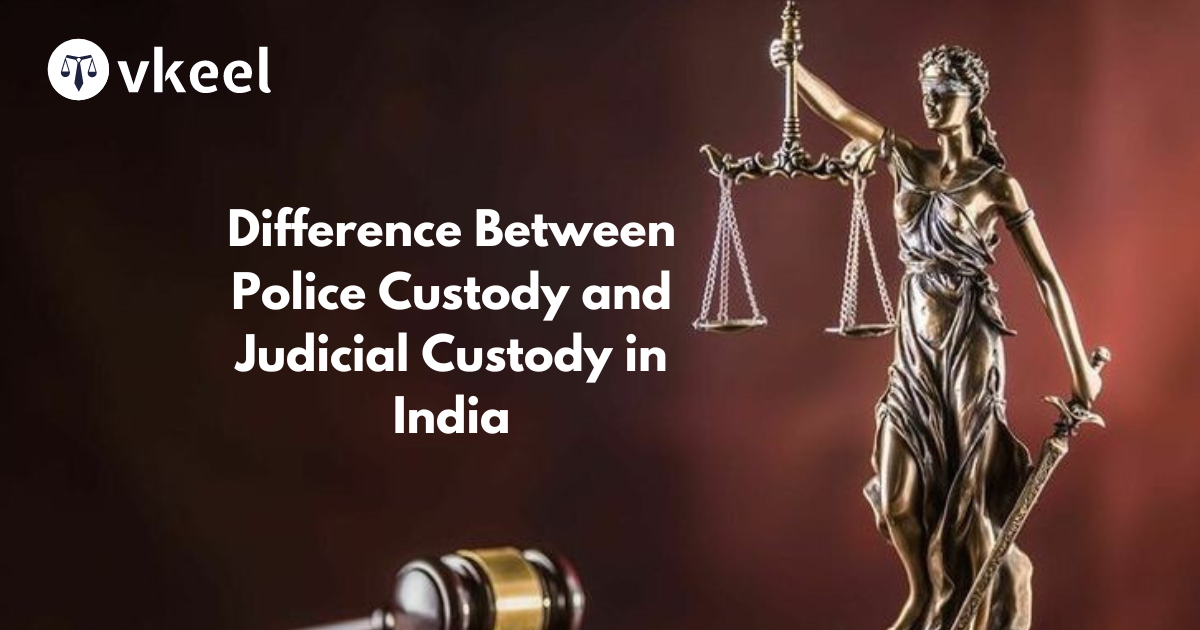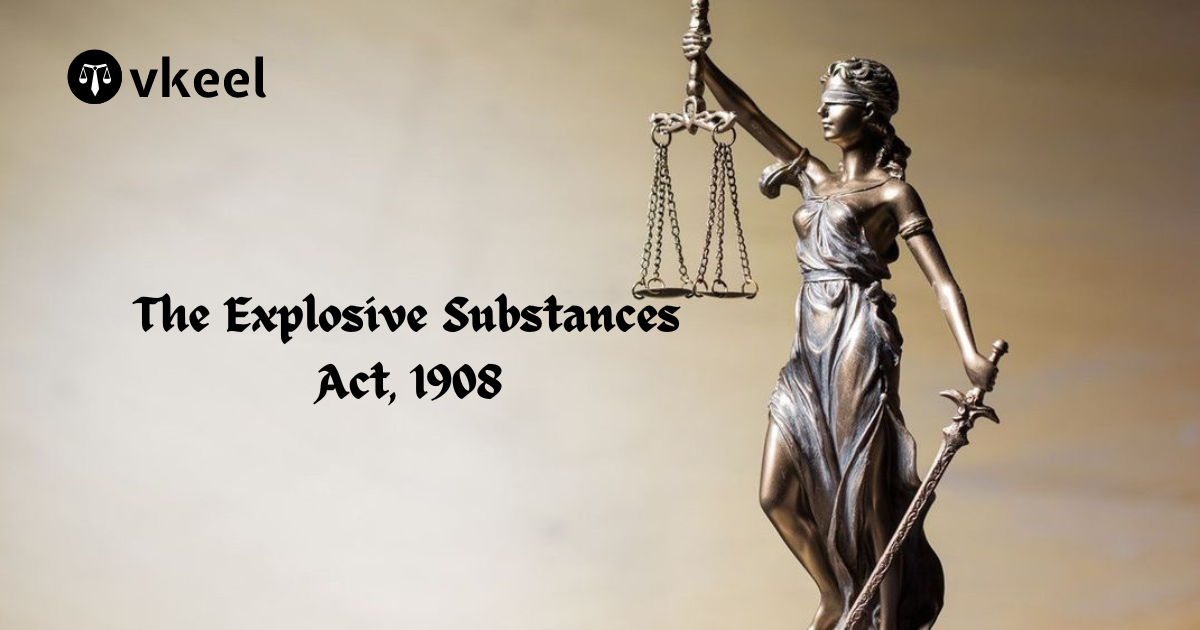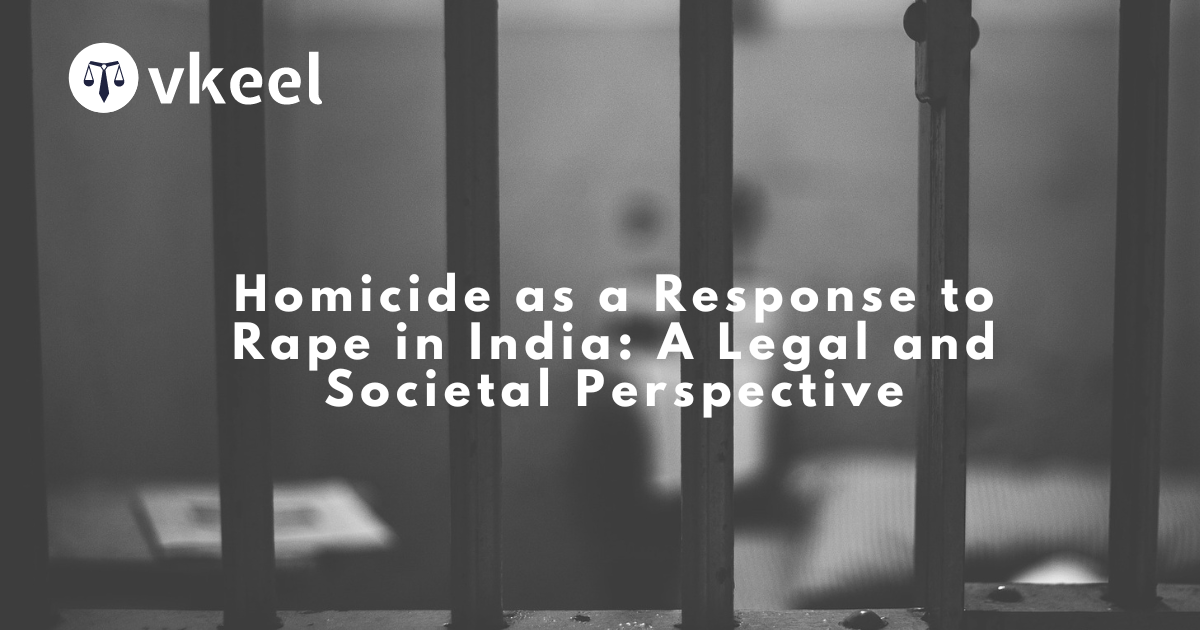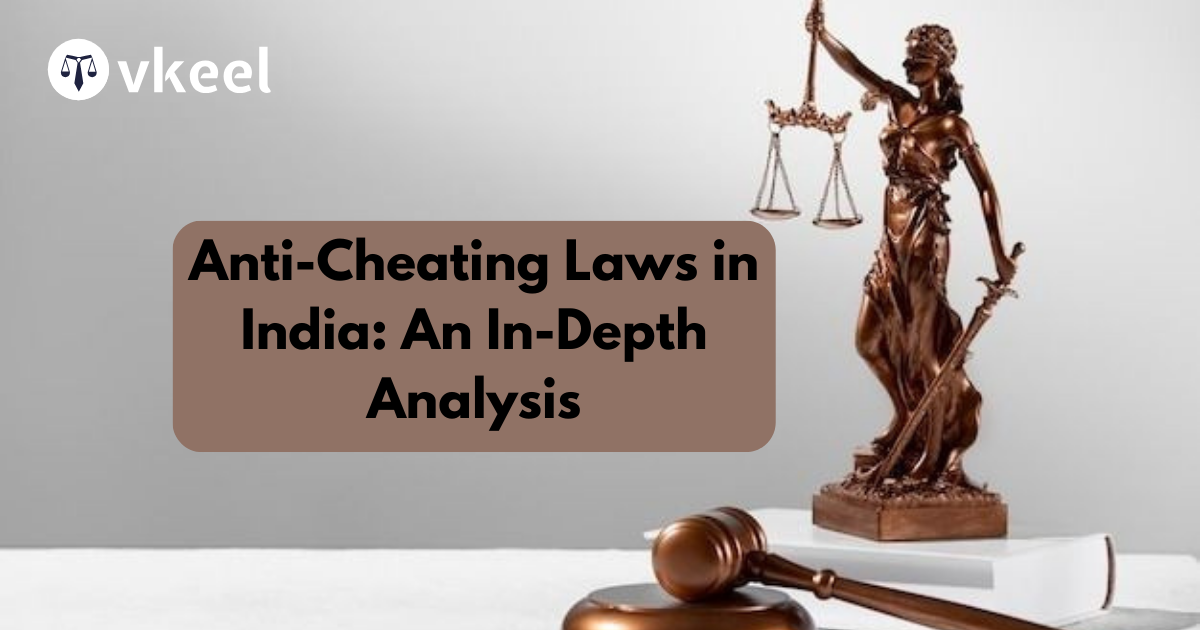Difference Between Police Custody and Judicial Custody in India
By Himanshu Kumar
Table of Contents
Introduction
In the Indian criminal justice system, two terms often create confusion among the general public: police custody and judicial custody. Understanding these terms is crucial as they play a significant role in the legal process following an individual’s arrest. Both forms of custody have distinct characteristics, legal implications, and procedural requirements, which are governed by various laws and amendments in India.
The primary reason for the distinction between police custody and judicial custody lies in the authority and control over the accused. In police custody, the accused is under the direct supervision of the police, who have the authority to interrogate and conduct investigations. This period, limited to a maximum of 15 days, is critical for the police to gather evidence, question the accused, and advance their investigation. The magistrate’s role in police custody is to ensure that the detention is justified and that the rights of the accused are protected during this investigative phase.
In contrast, judicial custody transfers the control over the accused from the police to the judicial system, specifically the jail authorities. This shift occurs to prevent potential abuses of power by the police, such as coercion or torture, and to ensure the accused cannot tamper with evidence or influence witnesses. Judicial custody aims to safeguard the accused’s rights while maintaining the integrity of the investigation and judicial process. The accused remains in jail under judicial supervision, and any police interrogation during this period requires the court’s permission, ensuring a more balanced and fair treatment of the accused.
Police Custody
Definition and Purpose
Police custody refers to the period during which an accused is held by the police for investigation after arrest. The primary purpose of police custody is to facilitate the investigation process, allowing the police to interrogate the accused and gather evidence.
Legal Framework
Police custody is governed by Section 167 of the Code of Criminal Procedure (CrPC), 1973. According to this section, when an accused is arrested and detained in custody and it appears that the investigation cannot be completed within 24 hours as stipulated by Section 57 of the CrPC, the police must produce the accused before a magistrate. The magistrate can authorize the detention of the accused in police custody for a maximum of 15 days.
Duration and Extension
The initial period of police custody cannot exceed 15 days. However, under certain circumstances, the magistrate can extend this period, but the total period of police and judicial custody together cannot exceed 90 days for crimes punishable with death, life imprisonment, or imprisonment for a term not less than 10 years, and 60 days for other offenses.
Case Law: State of Maharashtra v. Tasneem Rizwan Siddiquee (2018)
In this case, the Supreme Court of India emphasized that the purpose of police custody is for effective investigation. The Court ruled that police custody should not be extended beyond the statutory period unless there are compelling reasons, and such reasons must be recorded in writing.
Judicial Custody
Definition and Purpose
Judicial custody, on the other hand, refers to the period during which the accused is detained in jail under the orders of a magistrate or judge. The purpose of judicial custody is to prevent the accused from tampering with evidence, intimidating witnesses, or committing further crimes.
Legal Framework
Judicial custody is also governed by Section 167 of the CrPC. If the magistrate believes that further detention is necessary for investigation, but police custody is no longer required, the accused is placed in judicial custody. During judicial custody, the accused is under the supervision of the jail authorities rather than the police.
Duration and Extension
The duration of judicial custody, similar to police custody, is subject to a maximum limit of 90 days for serious offenses and 60 days for other offenses. The judicial custody period can be extended by the magistrate if the investigation is not completed within the initial period, provided there are valid reasons for the extension.
Case Law: CBI v. Anupam J. Kulkarni (1992)
In this landmark judgment, the Supreme Court clarified that an accused can be placed in police custody only for the first 15 days after arrest. Thereafter, the accused must be placed in judicial custody. This case underscores the distinction between police and judicial custody and their respective roles in the criminal justice process.
Differences Between Police Custody and Judicial Custody
Authority and Control
- Police Custody: The accused is under the direct control and supervision of the police. The police have the authority to interrogate and investigate the accused.
- Judicial Custody: The accused is under the control of the jail authorities, and any interrogation by the police requires permission from the court.
Purpose
- Police Custody: The primary purpose is to facilitate investigation and interrogation by the police.
- Judicial Custody: The purpose is to prevent the accused from tampering with evidence, intimidating witnesses, or committing further crimes.
Duration
- Police Custody: Maximum of 15 days, extendable under special circumstances but must be within the overall limit of 60 or 90 days.
- Judicial Custody: Can extend up to 60 or 90 days depending on the severity of the offense, subject to further extension by the court.
Legal Safeguards
- Police Custody: Requires the accused to be produced before a magistrate within 24 hours of arrest. The magistrate must record reasons for extending custody.
- Judicial Custody: The accused is produced before the court periodically to review the necessity of continued detention.
Interrogation Rights
- Police Custody: The police have the right to interrogate the accused directly.
- Judicial Custody: Any interrogation by the police requires the court’s permission.
Recent Amendments and Legal Developments
Recent amendments and judicial pronouncements have further clarified and refined the legal framework governing police and judicial custody in India.
1. Amendment to Section 167 of CrPC
The Criminal Law (Amendment) Act, 2018, introduced significant changes to Section 167 of the CrPC. The amendment emphasizes the timely completion of investigations and ensures that the rights of the accused are protected. It mandates that the investigation in cases of rape must be completed within two months from the date of FIR registration. This amendment aims to expedite the investigation process and reduce unnecessary detention.
2. Supreme Court Guidelines
The Supreme Court has issued various guidelines to prevent the misuse of police and judicial custody. In the case of Arnesh Kumar v. State of Bihar (2014), the Court directed that arrest should not be made in a routine manner and emphasized the need for police officers to record reasons for arrest in writing. The Court also stressed that magistrates should not authorize detention mechanically and must apply their judicial mind to the facts of the case.
3. Human Rights Considerations
In recent years, there has been an increasing emphasis on human rights and the treatment of detainees. The National Human Rights Commission (NHRC) and various NGOs have been actively involved in monitoring the conditions of custody and ensuring that the rights of detainees are protected. This has led to reforms aimed at improving the conditions of detention and preventing custodial torture and deaths.
4. Digital and Technological Advances
The use of digital technology in the investigation process has also impacted the dynamics of police and judicial custody. The Supreme Court, in various cases, has encouraged the use of video conferencing for remand hearings, which ensures that the accused’s rights are protected and reduces the risk of abuse during physical transfers.
Conclusion
Understanding the distinction between police custody and judicial custody is crucial for comprehending the Indian criminal justice system. Police custody is primarily aimed at facilitating investigation and interrogation, while judicial custody serves to prevent interference with the investigation and ensure the accused’s presence during trial. Both forms of custody are subject to legal safeguards to protect the rights of the accused and ensure a fair trial. Recent amendments and judicial pronouncements have further strengthened these safeguards, emphasizing the importance of timely investigations and the protection of human rights.
Disclaimer:
The information provided in the article is for general informational purposes only, and is not intended to constitute legal advice or to be relied upon as a substitute for legal advice. Furthermore, any information contained in the article is not guaranteed to be current, complete or accurate. If you require legal advice or representation, you should contact an attorney or law firm directly. We are not responsible for any damages resulting from any reliance on the content of this website.







